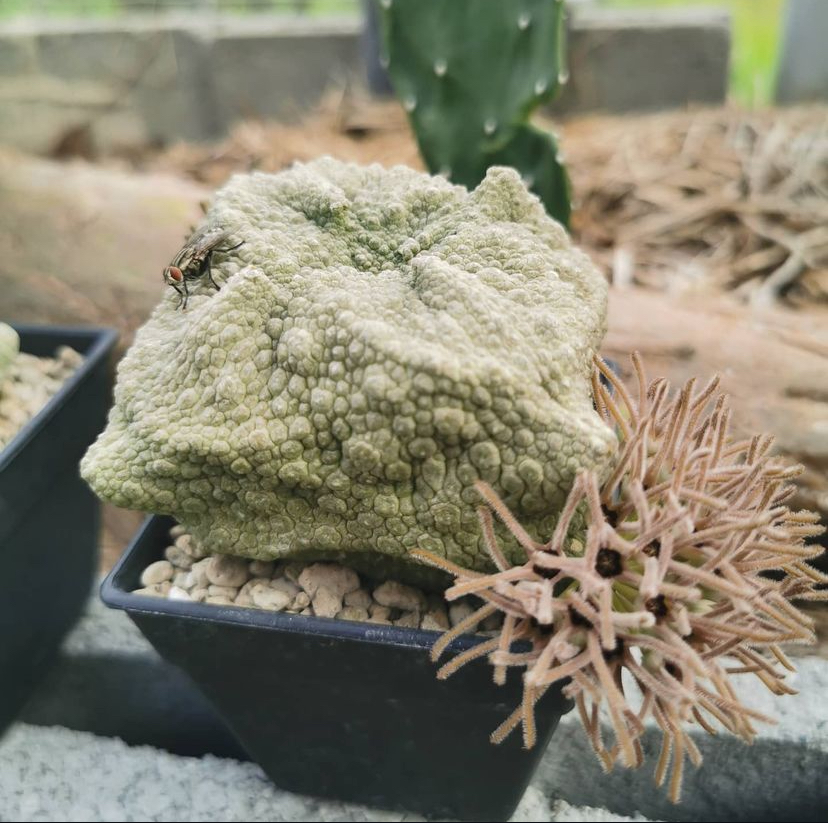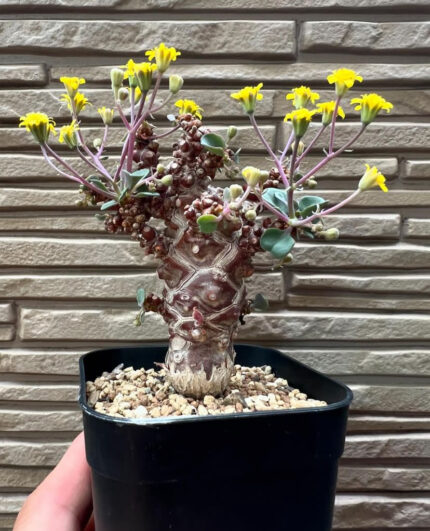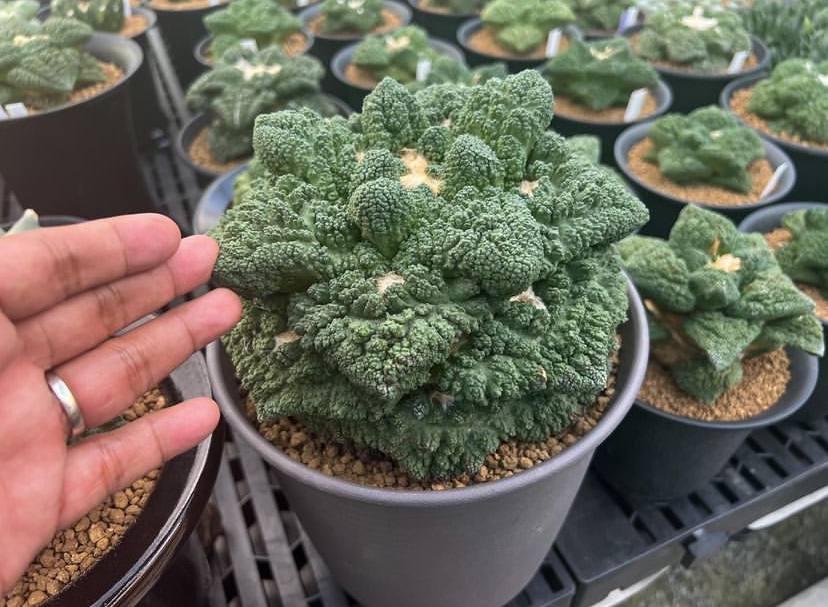Pseudolithos Cubiformis Care

Pseudolithus cubiformis Care
Comprehensive Guide to Pseudolithus Cubiformis Care
Introduction
Welcome to our in-depth resource on Pseudolithus cubiformis care! As one of the most fascinating freshwater fish, Pseudolithus cubiformis captivates aquarists with its unique shape and vibrant colors. In this guide, we will explore everything you need to know to keep your Pseudolithus cubiformis healthy and thriving in your aquarium. From habitat requirements to feeding, breeding, and common health issues, we’ve got you covered. Buy your Pseudolithos plant here caudiciformplants.com
Table of Contents
- Understanding Pseudolithus Cubiformis
- Origin and Habitat
- Physical Characteristics
- Setting Up the Perfect Aquarium
- Tank Size and Equipment
- Water Parameters
- Substrate and Decorations
- Feeding Your Pseudolithus Cubiformis
- Dietary Needs
- Recommended Foods
- Feeding Schedule
- Health and Maintenance
- Common Health Issues
- Regular Maintenance Tasks
- Water Quality Testing
- Breeding Pseudolithus Cubiformis
- Breeding Behavior
- Care for Fry
- Conclusion
- Summary of Key Points
- Additional Resources
1. Understanding Pseudolithus Cubiformis
Origin and Habitat

Pseudolithos cubiformis care
Pseudolithos cubiformis care ;Buy Pseudolithos cubiformis here caudiciformplants.com
Pseudolithus cubiformis, commonly known as the cube catfish, is native to the rivers of West Africa. This species thrives in slow-moving waters with ample hiding spots. Understanding their natural habitat is crucial for recreating an ideal environment in your aquarium.
Physical Characteristics
This unique fish features a distinct cube-like body shape, which can grow up to 12 inches in length. They possess a striking coloration, often displaying shades of brown and yellow, which can help them blend into their surroundings.
2. Setting Up the Perfect Aquarium
Tank Size and Equipment
To provide optimal care for your Pseudolithus cubiformis, a spacious aquarium of at least 75 gallons is recommended. These fish require plenty of swimming space and hiding spots, so consider using driftwood and rocks to create a natural environment.
Water Parameters

Pseudolithos cubiformis care
Maintaining the right water parameters is essential for the health of your fish. The ideal temperature range for Pseudolithus cubiformis is 75-82°F (24-28°C), with a pH level between 6.5 and 7.5. Regularly monitor ammonia, nitrite, and nitrate levels to ensure a stable environment.
Substrate and Decorations
A soft substrate like sand or fine gravel is ideal for Pseudolithus cubiformis. Adding plants and hiding spots not only enhances the aesthetic of your aquarium but also provides essential shelter for your fish, making them feel secure.
3. Feeding Your Pseudolithus Cubiformis
Dietary Needs
Pseudolithus cubiformis is an omnivore, requiring a balanced diet that includes both plant and animal matter. Understanding their dietary needs is crucial for their growth and overall health.
Recommended Foods
A varied diet is vital. High-quality pellets, freeze-dried foods, and live or frozen options like brine shrimp and bloodworms are excellent choices. Incorporating vegetables such as zucchini and spinach can also enhance their nutrition.
Feeding Schedule
Feed your Pseudolithus cubiformis once or twice a day, offering only what they can consume within a few minutes to prevent overfeeding and maintain water quality.
4. Health and Maintenance
Common Health Issues

Pseudolithos cubiformis care
Pseudolithus cubiformis can be susceptible to various health issues, including ich and fin rot. Regular observation and prompt treatment of any signs of illness are crucial for their well-being.
Regular Maintenance Tasks
Perform regular water changes (about 20% weekly) to maintain water quality. Cleaning the substrate and checking filter systems are also essential parts of your maintenance routine.
Water Quality Testing
Pseudolithos cubiformis care
Investing in a quality water testing kit can help you monitor the essential parameters of your aquarium. Keeping an eye on these factors will help prevent issues before they arise.
5. Breeding Pseudolithus Cubiformis
Breeding Behavior
Breeding Pseudolithus cubiformis can be challenging but rewarding. Providing the right environment and diet can encourage breeding behavior, typically seen during the warmer months.
Care for Fry
If successful, you may have fry to care for. Offering finely crushed flakes or specialized fry food will support their growth in the early stages.
Conclusion

Pseudolithos cubiformis care
Caring for Pseudolithus cubiformis can be a rewarding experience for any aquarist. By understanding their needs and maintaining a healthy environment, you can enjoy the beauty and unique personality of these fascinating fish for years to come.























